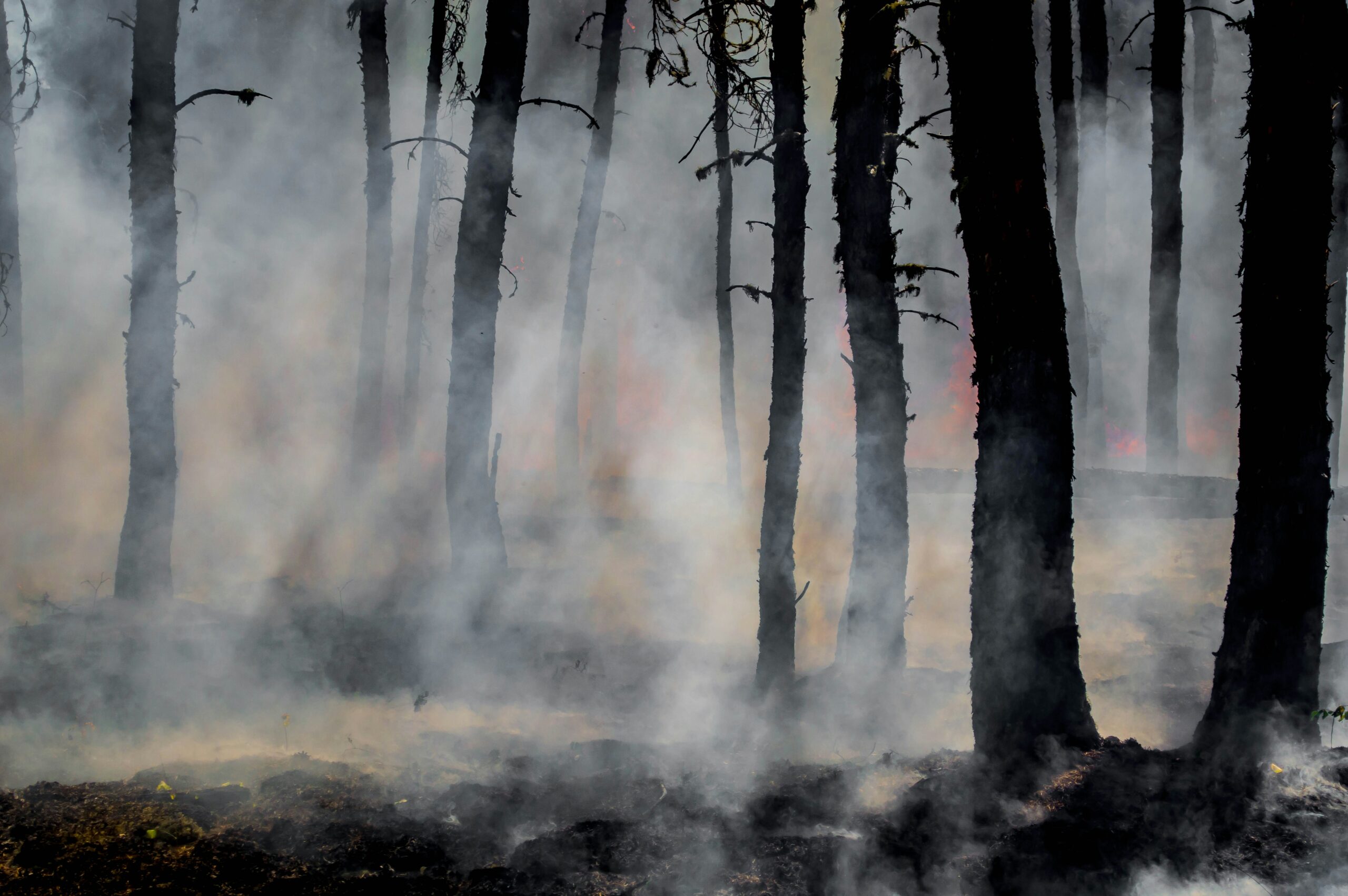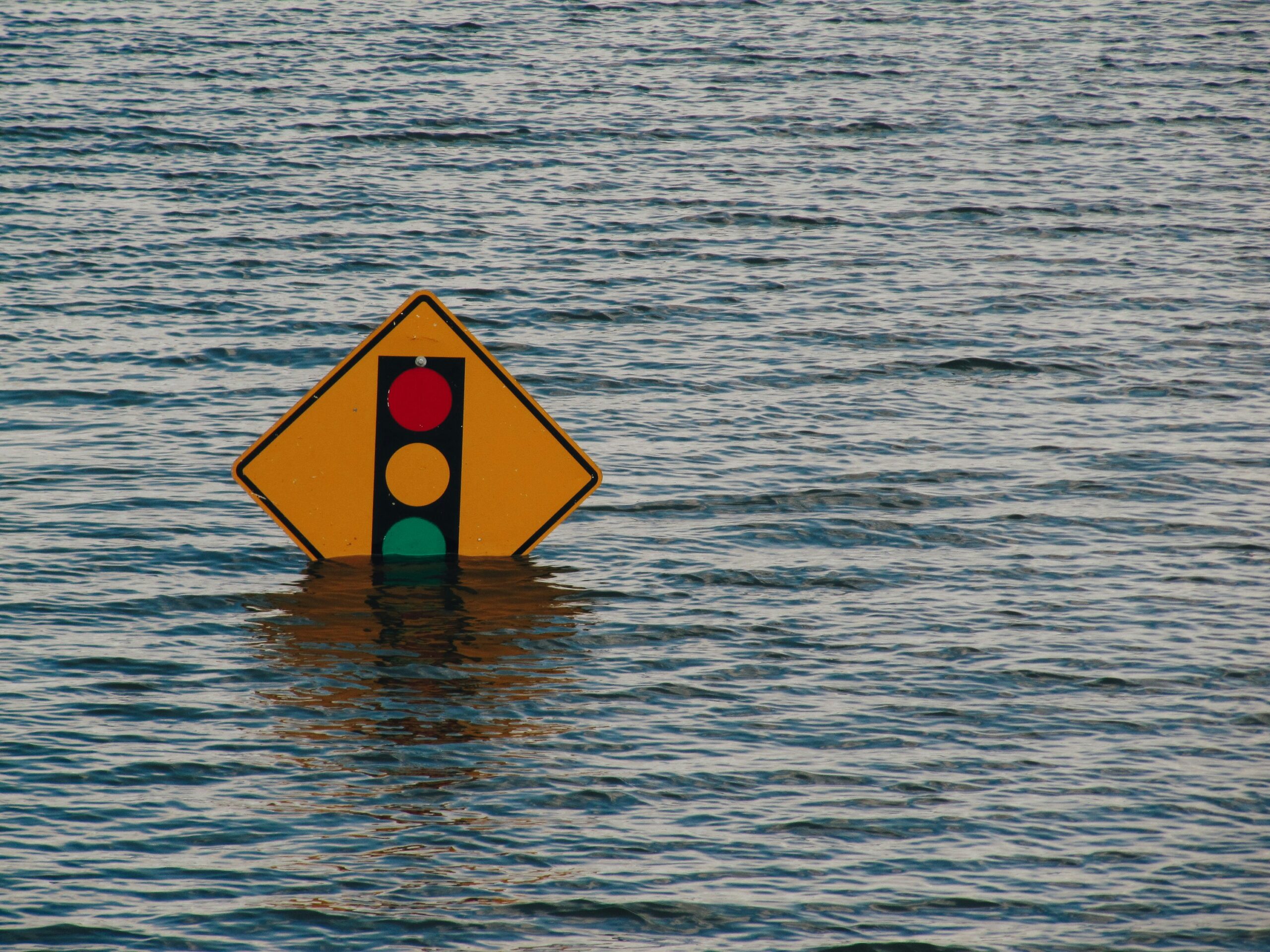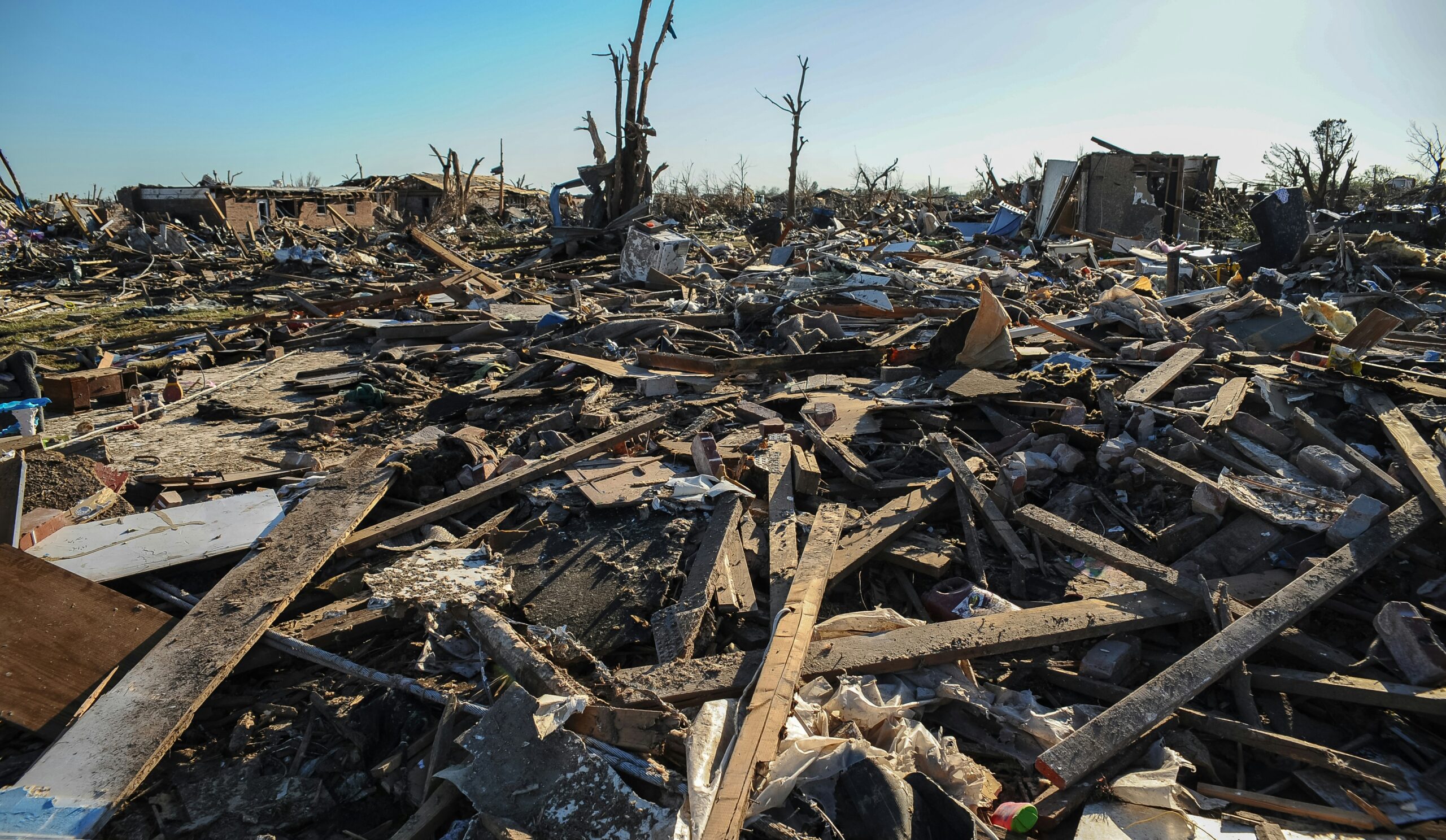So you’ve found yourself wondering how to prepare for a volcanic eruption? Well, fear not, because in this article, we’ve got you covered! Volcanic eruptions can be devastating natural disasters, but with a few precautions and preparedness measures, you can ensure the safety of yourself and your loved ones. From creating an emergency plan to staying informed about the latest volcano updates, we’ll guide you through the essential steps to take in order to be well-equipped for any volcanic activity. So let’s not waste any more time and jump right into it!
Emergency Preparedness
Create an Emergency Plan
When it comes to preparing for a volcanic eruption, having an emergency plan is crucial. Sit down with your family and discuss the steps you would take in case of an eruption. Identify safe areas in your home where you can seek shelter, and establish a meeting point outside the house, preferably away from the danger zone. Make sure everyone understands the plan and their roles during an emergency.
Designate a Meeting Place
In the chaos of an emergency, it’s essential to have a designated meeting place where you can gather with your loved ones. Choose a location that is easily accessible and located away from the affected area. This meeting place will serve as a central point for you to account for everyone’s safety and make further decisions if needed.
Prepare an Emergency Kit
As part of your emergency preparedness, it’s important to assemble an emergency kit that contains essential supplies. Include items such as non-perishable food, water, flashlights, batteries, a first aid kit, a battery-powered radio, a whistle, and any necessary medications. Keep this kit in a location that is easily accessible so you can grab it quickly in the event of an eruption.
Stay Informed
Monitor Local News
Staying informed about the latest developments is crucial during a volcanic eruption. Regularly monitor local news sources for updates on the eruption, evacuation orders, and safety instructions. Pay attention to official statements from government authorities, volcanologists, and emergency management agencies for accurate and reliable information.
Follow Government Instructions
During a volcanic eruption, government authorities will provide instructions and guidelines to ensure public safety. It is essential to follow these instructions carefully and without hesitation. These instructions may include evacuation orders, shelter-in-place directives, and safety protocols. Adhering to these instructions will help protect yourself and your loved ones from potential harm.
Sign Up for Emergency Alerts
In today’s digital age, signing up for emergency alerts can provide you with timely information during a volcanic eruption. Many local governments and emergency management agencies offer free alert services that send notifications directly to your phone or email. These alerts will provide you with important updates, safety instructions, and evacuation notices, helping you stay informed and prepared.

Evacuation Plans
Identify Evacuation Routes
Being aware of the evacuation routes in your area is crucial in preparing for a volcanic eruption. Familiarize yourself with the designated routes for evacuating to safer locations. Take note of alternative routes in case primary ones become blocked or unsafe. Knowing the evacuation routes beforehand will help you act promptly when the need arises.
Plan for Transportation
When developing your evacuation plan, consider how you will transport yourself and your family to safety. Ensure that your vehicle is well-maintained and has enough fuel to reach your designated evacuation location. Alternatively, explore public transportation options or discuss carpooling arrangements with neighbors or friends. Having a transportation plan in place will help ensure a smooth and efficient evacuation.
Arrange Accommodations
In the event of an evacuation, it’s important to plan ahead for accommodation. Research and identify potential temporary housing options outside the danger zone, such as hotels or relatives’ homes. Make a list of these options and keep their contact information handy. By arranging accommodations in advance, you can alleviate the stress of finding shelter in the midst of a chaotic situation.
Protective Measures
Develop Sheltering Strategies
If you are unable to evacuate immediately or are advised to shelter in place, it’s crucial to develop sheltering strategies. Identify the safest areas in your home where you can take refuge during an eruption. Avoid rooms with windows or doors that face the volcano, and choose interior rooms if possible. Block any gaps or cracks in doors and windows to minimize the entry of volcanic ash or gases.
Stock Up on Essential Supplies
To ensure your well-being during a volcanic eruption, it’s important to stock up on essential supplies. Include non-perishable food, drinking water, medications, sanitary supplies, and personal hygiene items in your emergency kit. Having an ample supply of these items will sustain you during a volcanic eruption, especially if access to stores or clean water becomes limited.
Protect Against Volcanic Ash
During a volcanic eruption, volcanic ash can pose significant health risks. It’s important to take measures to protect yourself and your family from inhaling or coming into contact with ash particles. Keep doors and windows closed to prevent ash from entering your home. Use airtight seals or damp towels to block any gaps. If you must go outside, wear goggles, N95 respirator masks, long sleeves, and long pants to minimize ash exposure.

Communication Strategies
Establish Communication Channels
During an emergency, effective communication is vital. Establish communication channels with your family members, friends, and neighbors to ensure everyone’s safety. Share contact information and establish backup communication methods such as walkie-talkies or designated meeting points. Having these channels in place will allow you to stay connected and coordinate your actions.
Keep Important Contacts
In times of crisis, having a list of important contacts readily available can make a significant difference. Compile a list of emergency contact numbers, including local authorities, healthcare providers, insurance agents, and trusted neighbors or friends. Keep a physical copy of this list in your emergency kit and save it on your phone or in cloud storage for easy access.
Inform Family and Friends
When it comes to emergency preparedness, don’t forget to inform your family and friends about your plans and preparations. Make sure they are aware of your emergency meeting place, evacuation plans, and important contact information. By keeping your loved ones informed, you can ensure that everyone is on the same page and can support each other during difficult times.
Animal Safety
Prepare for Pet Care
As pet owners, it is our responsibility to ensure the safety and well-being of our furry friends during a volcanic eruption. Prepare for pet care by having a sufficient supply of food, water, medications, and other essentials for your pets. Additionally, consider microchipping your pets and ensuring their identification tags are up to date, in case they become separated from you during the chaos of an evacuation.
Create Animal Evacuation Plan
Include your pets in your evacuation plan. Identify pet-friendly accommodations outside the danger zone where you can relocate with your animals if necessary. Have carriers, leashes, and crates readily available to transport your pets safely. Reach out to friends or family to see if they can temporarily care for your pets if you are unable to evacuate with them.
Ensure Stock Animal Safety
If you have livestock or other large animals, take appropriate measures to ensure their safety during a volcanic eruption. Identify suitable shelter options that provide protection from ashfall and toxic gases. Stock up on enough feed and water to sustain them for an extended period. Have a plan in place to relocate them to a safer location if necessary, and ensure you have the necessary equipment to do so.

Financial Preparedness
Keep Emergency Cash
During an emergency, access to financial resources may become limited or unavailable. It’s important to keep emergency cash on hand in small denominations, as ATMs and electronic payment systems may be disrupted. Having cash readily available will allow you to purchase essential supplies or secure emergency services when needed.
Gather Important Documents
In the event of a volcanic eruption, important documents may be at risk. Take the time to gather and store vital documents such as identification papers, passports, insurance policies, medical records, and property deeds in a secure and easily accessible location. Consider creating digital copies and storing them securely in the cloud as a backup.
Review Insurance Coverage
Reviewing your insurance coverage is a crucial step in financial preparedness for a volcanic eruption. Make sure your policies, such as homeowners/renters insurance and vehicle insurance, provide sufficient coverage for potential volcanic-related damages or losses. Consult with your insurance agent to understand the extent of your coverage and consider purchasing additional coverage if necessary.
Health and Safety
Understand Health Risks
Being aware of the health risks associated with a volcanic eruption is essential for your well-being. Volcanic ash can cause respiratory problems, eye irritation, and skin irritation. Toxic gases emitted during an eruption can also pose significant health risks. Stay informed about the potential hazards and follow official health advisories to protect yourself and your family.
Follow Safety Guidelines
To ensure your safety during a volcanic eruption, it is important to follow safety guidelines provided by authorities and experts. These guidelines may include instructions for evacuation, sheltering, and protection against volcanic ash. By adhering to these guidelines, you can minimize your exposure to hazards and reduce the risk of injury or illness.
Prepare First Aid Kit
Having a well-stocked first aid kit is an essential component of your health and safety preparedness. Include items such as bandages, antiseptic solution, pain relievers, thermometer, tweezers, and any necessary medications. Familiarize yourself with basic first aid procedures and keep a manual or guidebook on hand for reference. Regularly check and replenish your first aid kit to ensure its effectiveness.

Community Support
Cooperate with Community Officials
In times of crisis, it is important to cooperate and follow the instructions of community officials. Volcanic eruptions are complex emergencies that require coordinated efforts to ensure public safety. Stay informed about community meetings, participate in community forums, and cooperate with emergency management officials to contribute to a collective response and recovery.
Participate in Drills and Training
Participating in drills and training exercises organized by local authorities or community organizations can greatly enhance your preparedness for a volcanic eruption. These exercises provide an opportunity to practice emergency procedures, evacuation routes, and communication protocols. By actively participating, you can gain confidence, identify areas for improvement, and familiarize yourself with the established protocols.
Seek Support Networks
Building a support network within your community can provide a valuable source of assistance and information during a volcanic eruption. Attend local community meetings, join neighborhood watch groups, or connect with online communities focused on disaster preparedness. Being part of a support network allows you to share knowledge, resources, and experiences, creating a stronger and more resilient community.
Recovery Planning
Assess Damage and Hazards
After a volcanic eruption, it is crucial to assess the extent of the damage and identify potential hazards. Follow guidance from local authorities to determine when it is safe to return to the affected areas. Work with experts and professionals to evaluate structural damage, assess health risks, and identify areas that may require specialized cleanup or mitigation.
Work with Government Resources
Government resources and assistance play a crucial role in the recovery process after a volcanic eruption. Take advantage of available resources such as disaster relief funds, grants, or loans to aid in rebuilding and recovery efforts. Reach out to local government agencies and emergency management organizations for guidance and support throughout the recovery process.
Rebuild and Restore
Once the initial response and recovery phase is complete, it’s time to focus on rebuilding and restoring your community. Collaborate with neighbors, local organizations, and government entities to create a comprehensive plan for rebuilding infrastructure, reviving businesses, and restoring natural habitats. Engage in community initiatives and engage local experts to ensure a sustainable and resilient recovery.
In conclusion, preparing for a volcanic eruption requires careful planning, staying informed, and taking appropriate protective measures. By following the outlined steps, you can enhance your readiness, protect your loved ones, and contribute to a resilient community. Remember, being proactive and prepared can make a significant difference in ensuring your safety and well-being during an emergency.

